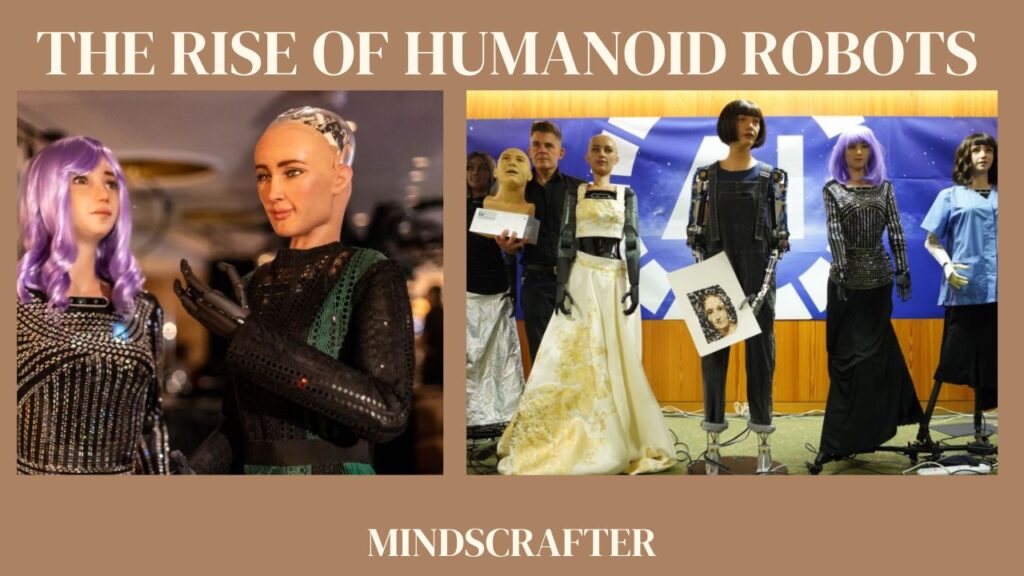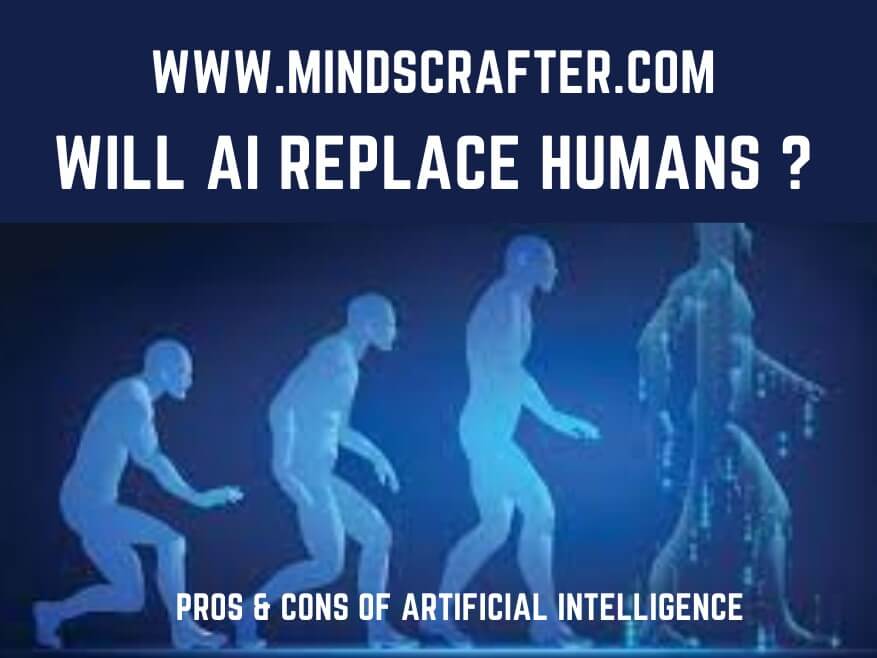
How Humanoid Robots Are Revolutionizing the World:
Humanoid robots have emerged as one of the most intriguing and cutting-edge innovations in a world constantly evolving with technological advancements. Gone are the days when robots were merely machines programmed to perform repetitive tasks. Today, they are revolutionizing the world in ways we couldn’t have imagined.
With their human-like appearance and capabilities, humanoid robots are increasingly being used in various industries, from healthcare and education to manufacturing and entertainment. These robots have the ability to interact with humans, learn from their surroundings, and even showcase emotions.
The rise of humanoid robots has opened up a whole new realm of possibilities. They can assist in elderly care, perform complex surgeries precisely, and teach students valuable skills. Moreover, their potential extends beyond the boundaries of our planet, as they are being developed for use in space exploration as well.
As we delve deeper into the era of robotics, it is evident that humanoid robots are here to stay. They have seamlessly integrated into our lives and continue to push the boundaries of what is possible. So, get ready to witness the revolution unfold before your eyes.
History of humanoid robots:
The concept of humanoid robots dates back to ancient civilizations, where myths and legends often depicted humanoid beings with superhuman abilities. However, it was not until the 20th century that the idea of creating robots with human-like appearance and capabilities became a reality.
In 1921, Czech writer Karel Čapek introduced the term “robot” in his play “R.U.R.” (Rossum’s Universal Robots). This marked the beginning of the humanoid robot revolution. Since then, scientists and engineers have been striving to bring humanoid robots to life.
Applications of humanoid robots:
The applications of humanoid robots are vast and diverse. One of the most prominent areas where humanoid robots have succeeded is healthcare. These robots can assist in elderly care, helping individuals with their daily tasks and providing companionship. They can also be used in hospitals to perform complex surgeries precisely, minimizing human error risk.
In the field of education, humanoid robots are being used to teach valuable skills to students. These robots can adapt their teaching methods based on the students’ individual needs, providing personalized education experiences. They can also assist teachers in the classroom, helping to create an engaging and interactive learning environment.
Benefits of using humanoid robots:
The use of humanoid robots brings several benefits to various industries. Firstly, these robots can perform dangerous or physically demanding tasks for humans. For example, in the manufacturing industry, humanoid robots can easily handle heavy machinery and perform repetitive tasks, reducing the risk of accidents and injuries.
Secondly, humanoid robots have the ability to work alongside humans, collaborating and complementing their skills. This synergy between humans and robots can lead to increased efficiency and productivity. By automating specific tasks, humans can focus on more complex and creative aspects of their work.
Challenges and limitations of humanoid robots:
Despite their numerous benefits, humanoid robots face several challenges and limitations. One of the main challenges is the cost of development and maintenance. Creating humanoid robots with advanced capabilities and human-like appearance requires significant investment in research and development.
Another challenge is the complexity of programming these robots to interact with humans naturally. While great strides have been made in artificial intelligence and machine learning, there is still a long way to go in achieving seamless human-robot interaction.
Examples of humanoid robots in various industries:
Several humanoid robots have already made their mark in various industries. One notable example is Sophia, a humanoid robot developed by Hanson Robotics. Sophia has become a global sensation, appearing on talk shows and conferences and even acquiring citizenship in Saudi Arabia. Sophia showcases advanced facial recognition and natural language processing capabilities.
In the healthcare industry, Pepper, developed by SoftBank Robotics, is being used in hospitals and eldercare facilities to provide companionship and emotional support to patients. Pepper can recognize and respond to human emotions, creating a more empathetic and personalized care experience.
The future of humanoid robots:
The future of humanoid robots is filled with endless possibilities. As technology advances, we can expect humanoid robots to become even more human-like in appearance and behaviour. They will be able to learn from their surroundings, adapt to new situations, and understand human emotions with greater accuracy.
In the coming years, we can also expect to see humanoid robots being used in space exploration. The ability of these robots to withstand extreme conditions and perform complex tasks makes them ideal candidates for assisting astronauts in space missions.
AMECA: Exposing the Incredible Talents of AI Humanoids
In the heart of innovation, a team of brilliant minds at SynthoCorp brought Ameca to life. Their relentless pursuit of technological excellence culminated in the creation of this remarkable AI humanoid, redefining the boundaries of artificial intelligence. To learn more, go to Ameca.
Ethical considerations of humanoid robots:
As humanoid robots become more integrated into our lives, ethical considerations arise. One major concern is the potential for humanoid robots to replace human workers, leading to job displacement. It is important to find a balance between automation and preserving human employment opportunities.
There are also ethical questions regarding the use of humanoid robots in sensitive areas such as healthcare and education. Ensuring the privacy and security of personal data collected by these robots is crucial, as well as addressing the potential for bias in decision-making algorithms.
Impact of humanoid robots on the job market:
The impact of humanoid robots on the job market is a topic of debate. While some argue that automation will lead to job losses, others believe that robots will create new job opportunities. As humanoid robots take over repetitive and physically demanding tasks, humans can focus on more complex and creative roles.
It is important for governments, industries, and individuals to adapt to this changing landscape by investing in retraining and upskilling programs. This will enable workers to acquire the skills needed to thrive in a world where humanoid robots play a significant role.
A D V E R T I S E M E N T
Conclusion:
The rise of humanoid robots has opened up a whole new realm of possibilities. From healthcare and education to manufacturing and space exploration, these robots are revolutionizing the world in ways we couldn’t have imagined. While there are challenges and ethical considerations to address, the potential of humanoid robots to enhance our lives is undeniable.
As we continue to explore the capabilities of humanoid robots, it is crucial to strike a balance between the benefits they bring and the potential risks they pose. By embracing this technological revolution and harnessing the power of humanoid robots, we can shape a future where humans and robots coexist harmoniously, pushing the boundaries of what is possible.

